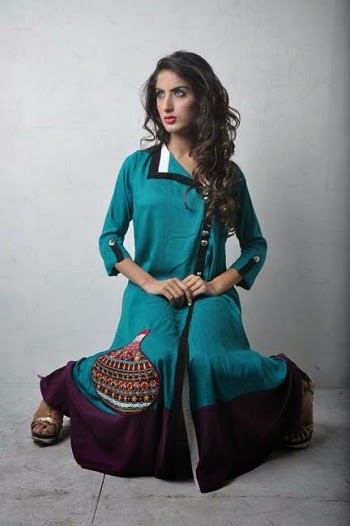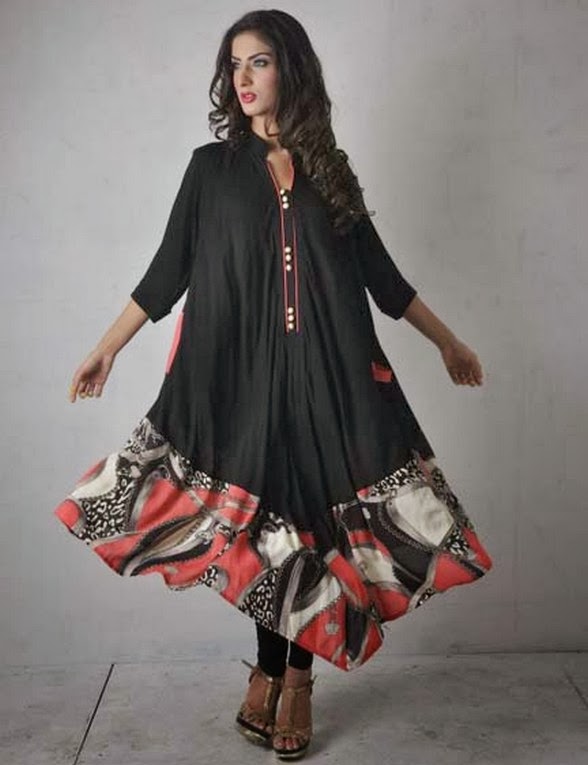Today, there are only about 250,000 residing in the peninsula of Crimea since the mid-1980s. Crimean Tatars (different to Tatars in Tatarstan) are belonging to the ethnic group historically formed in Crimea. They speak the Crimean Tatar which belongs to the Altaic family of the Turkic group of languages. The Crimean Tatars emerged as a nation in the Crimea in the 13th-17th centuries. The core of their ethnos lies within the Turkic tribes (Khazars, Kipchaks, Hans, Pechenegs) mixing with the local population who settled in Crimea centuries prior to Turkic tribes arrival (descendants of Scythians, Sarmatians, Alans, Bulgars, Goths, Cumans, Italians, Circassians, Anatolian Turks). Crimea has a rich history with many inhabitants migrating here over the centuries and contributing into formation of the Crimean Tatars ethnic group.
Islam came to the Crimea in the 13th century and was spreading slowly in parallel to the development of the Crimean Tatars as a nation. Originally brought in by the Turkic tribes of Central Asia, it gained intense popularity during the Golden Horde rule whose ruler Berke (grand-son of Genghis Khan) converted to Islam earlier. In the 14th century the Crimea has become a major Islamic civilization centre within the all-powerful Golden Horde. In the 15th century the Crimea had become the vassal state of the Ottoman Empire and religious life here experienced strong influence of Turkish Islam. By the 18th century when the Crimea was annexed to the Russian Empire it had 1400 mosques and madrasa (religious schools), but by the end of the 18th century Islam was replaced by Christianity (Orthodox) and Islamic influence has weakened. Russian colonization program included extermination of Islam and Tatar cultural heritage from the peninsula. Without going too much into the tragic events of mid-1940s that saw Tatar people being deported from their homeland, I am happy to report that they have returning since 1980s and re-building their lives from scratch.
 | ||
| Crimea on the map of Europe (the yellow peninsula on Black Sea) |
Crimean Tatars traditional dress
Despite local differences women's wear had a lot in common. It consisted of the broad and long, below the knees, cotton or linen shirts, coloured harem pants reaching the foot and ankle and long dresses with wide sleeves. The waist was wrapped by a wide embroided sash of silver or gold decorated by silver metal plates or coins. Outdoor clothing consisted of a caftan, usually in a bright, mostly in pink or red, colour with gold or silver lace decorations at the neck and chest. The dress of a Crimean woman represented her femininity, beauty, style and family status (younger unmarried women chose bright colours whilst married women dresses wore modest colours).
I recommend this excellent page of professionally made photos featuring the traditional Crimean dress: http://500px.com/visioprojects/stories/74707/crimean-culture
There are a huge number of women's hats and headdresses and their diversity is astounding. Besides the fes (traditional hat) and marama (veil attached to fes) common were big wool scarves, lightweight slim shawles, and coloured patterned shawles.
Crimean Tatar embroidery saves a lot of traditional elements and is widely used on both male and female dresses. Insanely beautiful Crimea has had a huge impact on the folk art of the Crimean Tatar people and, in particular, on the embroidery, which reached its highest art form.
Jewelry was a mandatory part of any dress, Crimean women decorated their hair, hands and dresses with exquisite jewelry pieces.
Jewelry was a mandatory part of any dress, Crimean women decorated their hair, hands and dresses with exquisite jewelry pieces.
 |
| Crimean Tatar dancers |
 |
| Crimean Tatar girls distribute headdresses at a party |
 |
| Model posing in the traditional dress |
 |
| Crimean Tatar girls wearing traditional dresses, most of them feature fes and marama (hat and veil) |
 |
| Traditional wedding dress |
 |
| Crimean Tatar bride had her hands painted with heena |








































